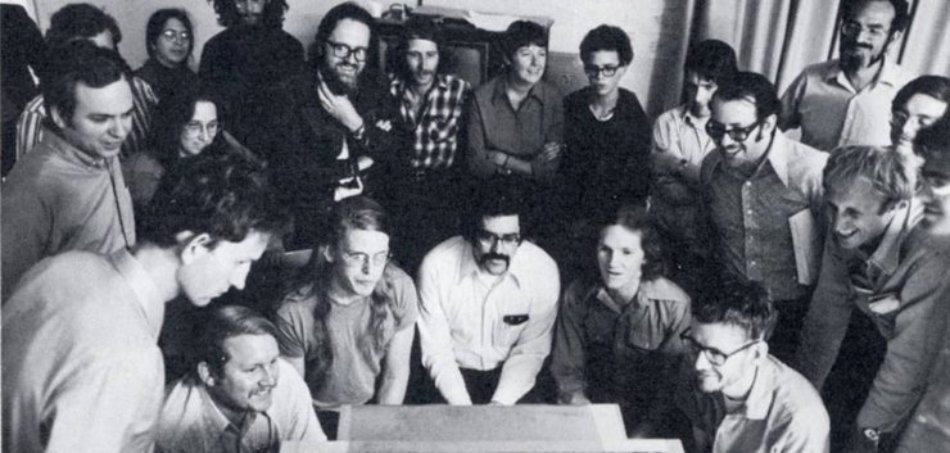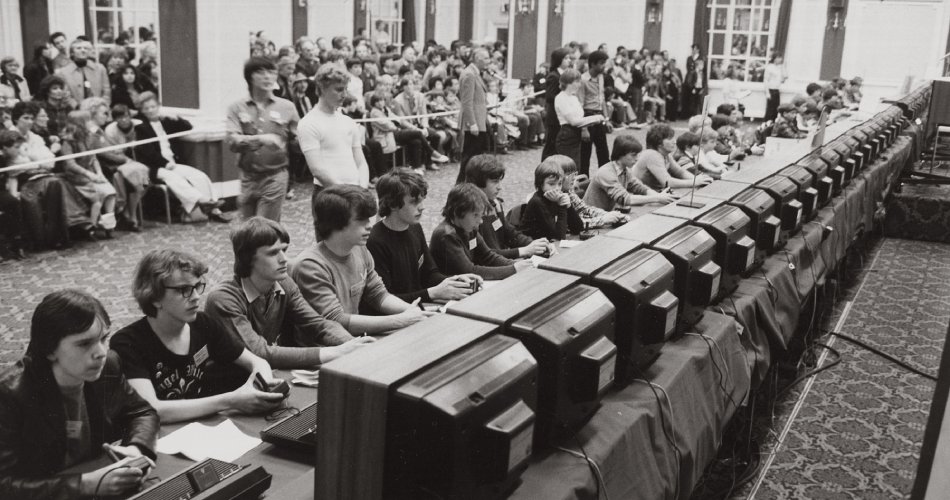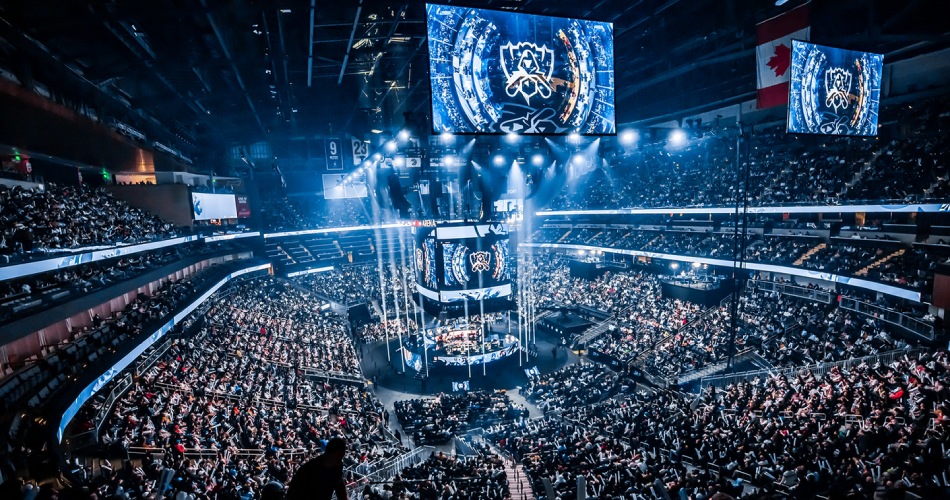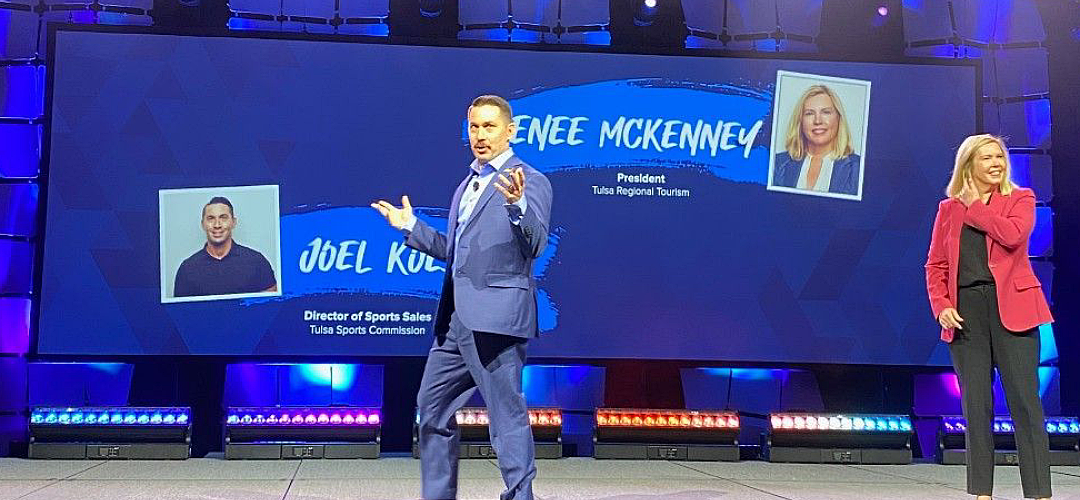A brief history of how sponsors evolved esports
With the series tied and the match in a constant deadlock, fans were on the edge of their seats to see who would take the championship. The zealous roar reverberated throughout the sold out Chase Center. The atmosphere intensified as DRX pressed on and attacked their opponent; the outcome seemed imminent. Like a wave building strength, clamor gradually built up and crashed down on center stage as the new world champions jumped out of their leather seats and celebrated with their teammates while the emotional runners-up shut off their monitors. The arena was dyed with dark blue LEDs in honor of the winning team, DRX, with lights flashing as fireworks lit up center stage, followed by small puffs of smoke. This celebration was equivalent to a home team winning the NBA Finals, with energy and passion surging throughout the Chase Center. DRX celebrated with their large sum of cash and the championship trophy on this storied mark in the evolution of esports.
Home to the NBA’s Golden State Warriors, the Chase Center has seen its fair share of close games, clutch moments and historical highlights. However, this particular fan-ravaged spectacle was not for any typical sports match, but rather for the 2022 League of Legends World Championship—one of the biggest esports events in the world. With esports events like these being compared to long-running sports tournaments like the NBA Finals, as well as esports becoming an official Olympic sport, it’s difficult to imagine such widespread influence when looking at its humble origins.

Where it all began
Dating back around 50 years ago, the 1972 Inaugural Spacewar! Olympics—the very first recorded gaming tournament—was held in a Stanford classroom where around two dozen participants hovered around one machine: the PDP-10 computer. With “Spacewar!” on the circular computer screen, five contestants sat around the device as they competed to conquer one another’s high scores. After multiple rounds, Bruce Baumgart came out with the grand prize; a year subscription to Rolling Stone, the tournament’s official sponsor. While the venue was a far cry from modern tournaments, the energy and enthusiasm for games remained the same. With Rolling Stone featuring this event in their magazine, companies peeked into the keyhole of the esports market.
As technology developed over the years, games became more accessible to the public. In the late 1970s, many households were equipped with some sort of gaming console, one of them being the Atari 2600. Once 1980 came around, Atari officially held a nationwide tournament where 10,000 gamers competed in their respective regions. Only four finalists from four regions were flown to New York City for the finals. Atari’s prizes were a major upgrade from the 1972 tournament as contest winner Rebecca Heineman won a $2,000 table video game. Meanwhile, second prize was a $1,000 home computer and third a $500 check.
Around this time, arcades also became a popular hangout spot for the gaming community as small, local tournaments were held and players tried to tackle the highest score. These small community tournaments soon became televised, drawing the public eye to competitive gaming. With better prizes, wider participants and an increasing fan base, gaming competitions grew as newspapers, television and even the Guinness World Records reported on these niche events.

The influential 90s and beyond
The 90s is perhaps one of the most influential decades for modern gaming tournaments as a multitude of influential games, such as Doom, CounterStrike, Starcraft and GoldenEye 007 among many others, were pumped out. Esports leagues were founded—like the Cyberathlete Professional League (CPL) and QuakeCon—and tournaments were held in expo halls, with publishers directly supporting the esports movement. Publishers not only wanted to engage with their passionate fans, they saw the marketing potential for advertising their hardware and games.
Most notably, Nintendo held a nationwide tournament when they hosted the 1990 Nintendo World Championships with three different age groups and, in 2013, with the popularity of PCs expanding and internet access becoming more widely available, Riot Games established the League of Legends Championship Series (LCS). The LCS has become the biggest esports tournament in the world as they continue to promote and support the competition. Following these competitions, Logitech, Razer and other computer accessory companies began sponsoring esports tournaments, with their products promoted in official competitions and used by the top players from around the world. Now these companies make some of the top high-end accessories marketed for PC gamers.
From the 2000s and onwards, esports’ growth and momentum skyrocketed with more brands seizing opportunity to showcase their product through advertisements, product placement, hardware or accessories. Intel, Nvidia, AMD and msi began providing tournaments with their hardware to illustrate their power and reliability, establishing themselves as some of the top companies for PC parts among gamers. Food and beverage companies like G-Fuel, Doritos and Dominos offered their products during live events and partnered with teams, players and the community. Insurance companies, car brands, athletic brands, sports teams, streaming platforms and more have also given their support to gamers and the esports scene.
With continued and increasing backing, competitions are now seeing $1M prize pools. Streaming platforms like Twitch and YouTube and television broadcasts have granted a wide range of viewership. Competitions are held in grand stadiums with intricate lights, displays and arenas. Esports is now recognized as an official sport. Not only that, esports has turned into one of the most-watched sports in the modern era, and its popularity among youths and even older audiences continues to soar. Without the help of sponsors, developer support and companies investing in tournaments, perhaps competitive gaming would have solely been limited to local tournaments held in cramped, dimly lit rooms, but now, the future has never looked brighter.
By Aviraj Gokool
Main photo: Sold out stage for the 2022 League of Legends Championship at Oracle Arena in Oakland. Photo courtesy of Riot Games.




